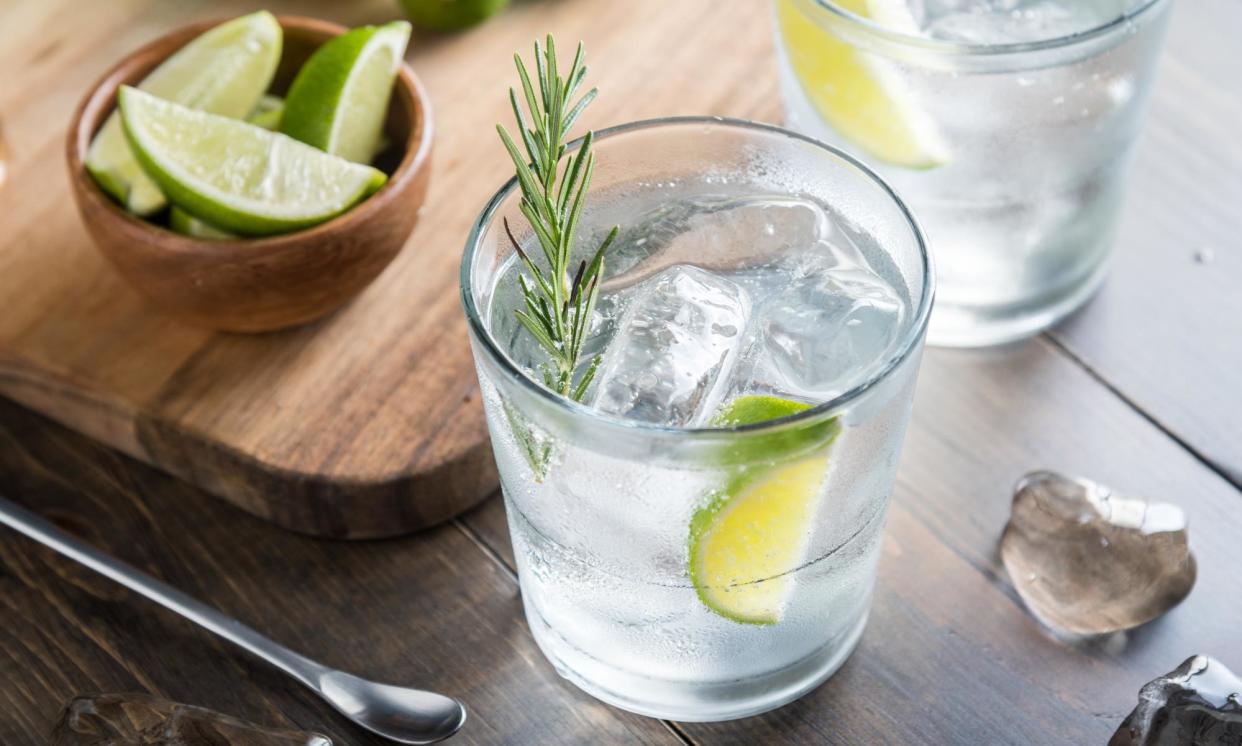Yes, your G&T is getting more expensive. Here’s why

Australians can pay as much as 20 times more alcohol tax on a shot of gin as they do on a standard drink of wine. And while the wine tax rate is the same as it was two decades ago, the excise on beer and spirits has risen more than 17% since the beginning of the pandemic.
Alcohol-induced deaths in Australia are at some of the highest levels in more than a decade. The alcohol tax system was intended to encourage people towards drinks with lower alcohol content, or to consume less overall, but public health advocates say it is no longer working – and industry lobbyists are partly to blame.
“It’s a patchwork of settings,” says Caterina Giorgi, CEO of the Foundation for Alcohol Research and Education. “You can go back and track alcohol tax settings based upon which lobby group was most successful at getting some sort of erosion to the original intent.
“It’s changed in a really piecemeal way, based upon which lobby group is shouting the loudest for tax cuts, tax rebates or tax concessions.”
A prime example of the discrepancies in the system is the difference in how wine and beer are treated. Cheaper cask wines can be taxed as little as 5 or 6 cents per standard drink. A full-strength bottle of beer attracts closer to 60 cents of alcohol tax per standard drink.
Alcohol taxes in Australia vary depending on a number of factors, including whether the drink is served in a licensed venue, the type of beverage, the size of the container it’s served in and whether the alcohol is produced commercially or from fruit.
Beer and spirits are taxed on their alcohol content – at more than a dozen different rates – while wine is taxed at a flat 29% of the wholesale price. This means less tax is paid on cheaper wine. The definition of “wine” includes fruit and vegetable wine, cider, sake and mead. Brandy, a spirit distilled from wine, has its own excise rate.
Beer and spirits excise taxes are adjusted twice a year and indexed to the consumer price index – so they roughly track with inflation. As inflation took off over the last couple of years, the alcohol excise did too.
But wine has not been following the same trend – it has been roughly flat over the past decade, which is at least partially explained by “wine gluts”, foreign tariffs and the failure to develop new markets.
Breweries have cited the alcohol excise as contributing to rising costs.
Most famously, Sydney’s Wayward Brewing company released their “recession ale” which included a breakdown of production costs on the back of the tin. Peter Philip, the company’s founder, previously told Guardian Australia “a third of a can of beer is consumed in tax”.
Australia has one of the highest spirits taxes in world according to OECD data, but comparisons across countries can be difficult due to vastly different systems.
A recent World Health Organization report put Australia’s beer excise closer to the middle of the OECD, and the spirits tax only a few spots higher, when they calculated taxes as a percentage of the price of the most popular brand. But this doesn’t include non-alcohol-specific taxes that might also be applied.
The 2010 Henry Tax review recommended Australia’s tax system be replaced by a flat tax based on alcohol content, which is an approach taken by many other countries and backed by some economists.
But Dr Ou Yang, a research fellow at University of Melbourne, says Australia shouldn’t give up on the idea of taxing different alcohols at different rates, because not all alcohol causes the same harm.
Yang’s research found that regular-strength beer and pre-mixed spirits had some of the highest links to drink-driving or other antisocial behaviour. It also found that cask wine is “significantly” under-taxed relative to the damage it does.
“The evidence tells us the [pre-mixed spirits and regular strength beers are] causing a problem.”
Notes and methods:
Guardian Australia’s alcohol tax estimates do not include GST, other duties, or the rebates available for producers of alcohol beverages.
Representative examples were chosen for each alcohol category and retail prices sourced from online retailers.
The regular retail price was used – not special member prices or other discounts.
Cost per standard drink was calculated using the full retail price divided by the number of standard drinks.
Total excise for beer and spirits was calculated by multiplying the excise rate by the amount of alcohol (minus the first 1.15%).
Excise per standard drink was calculated by dividing the total excise by the number of standard drinks.
The rate of Wine Equalisation Tax (WET) is estimated as 13% of the retail price – a method used in several reports.


